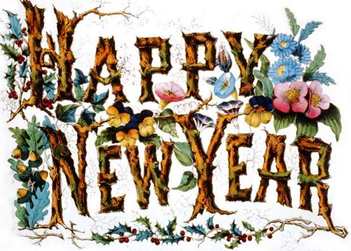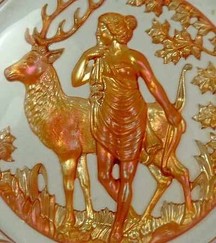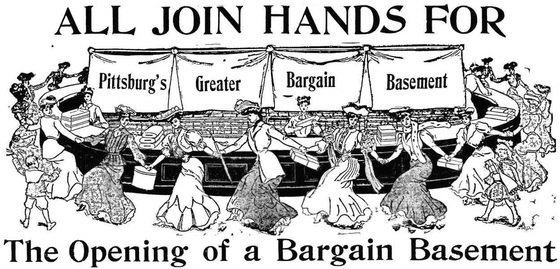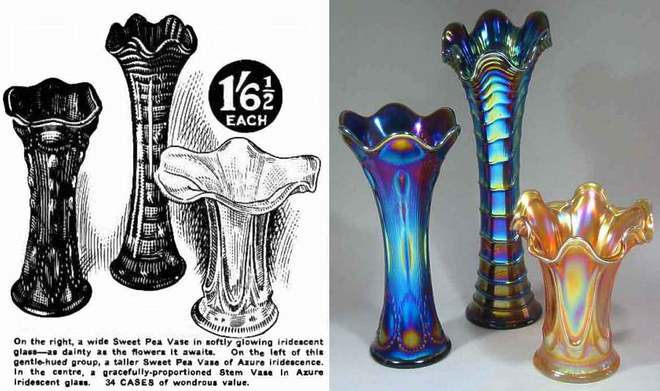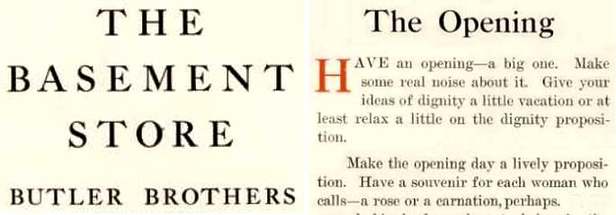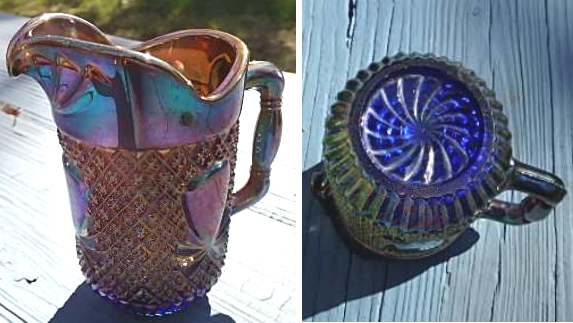NetworK ezine Issue 8. January 2016
by Glen and Stephen Thistlewood
Currier & Ives, 1876 (Courtesy Library of Congress, public domain image)
Golden Treasures
We hope your New Year is a golden one, full of happiness and joy. And what better way to celebrate the New Year than a look at some golden treasures – the Golden Patterns.
We hope your New Year is a golden one, full of happiness and joy. And what better way to celebrate the New Year than a look at some golden treasures – the Golden Patterns.
|
For many, many years the maker(s) of these patterns, such as Golden Thistle, Golden Cupid and Diana the Huntress, have been a mystery. We have long been fascinated by them, following the evidence trails and discovering more and more. Finally, after much intensive research, we can now present the definitive guide to all the currently known Golden Patterns, and proof that the maker of most of these beauties was Zabkowice in Poland.
In a major, four page feature on our website, we present Golden Treasures. We picture and identify all the currently known Golden patterns, with catalogue and other material to support our attribution to Zabkowice. Let’s take a look at one of the recent finds in the Golden Patterns - shown below. It’s a splendid discovery, reported to us by Lesley Smith in Sydney, Australia – the 8.5 inch master bowl in the Golden Poppies design, made by Zabkowice, Poland. One of the fabulous “Golden” patterns (in which the intaglio design on the base is iridised, leaving the rest of the piece clear), Golden Poppies was made in three sizes – the pattern being slightly different on each one. It’s interesting to note that many of the “Golden” pieces have been found in Australia. Zabkowice’s glass can sometimes be found there bearing the label “Beverley Crystal” (sometimes spelled "Beverly"). |
Left to right: Zabkowice catalogue, 1928; Golden Poppies design, courtesy of Lesley Smith; Beverley Crystal label.
Click on the picture to read all about the Golden Treasures.
Click on the picture to read all about the Golden Treasures.
January Sales and The Bargain Basement
January! In the past, it meant only one thing … time for “The Sales”, the after-Christmas price cuts to clear over-stocked items and make way for spring goods.
Turn the clock back to the early 1900s - what kind of “sales” did they have then? Basement sales - introduced in the USA as far back as 1885 by a certain Mr Harry Selfridge (later of Selfridges, London fame), that proved to be perfect for selling Carnival a couple of decades later.
January! In the past, it meant only one thing … time for “The Sales”, the after-Christmas price cuts to clear over-stocked items and make way for spring goods.
Turn the clock back to the early 1900s - what kind of “sales” did they have then? Basement sales - introduced in the USA as far back as 1885 by a certain Mr Harry Selfridge (later of Selfridges, London fame), that proved to be perfect for selling Carnival a couple of decades later.
|
Bargain Basement sales were promoted in local newspapers, and were major events, if the above ad from a 1906 edition of the Pittsburgh Press is anything to go by!
It was inevitable that Carnival Glass would find its way into the Bargain Basements. Below is an ad from the Reading Eagle (Pennsylvania) in 1911. In the Basement of Whitners Department Store, amongst the Parlor Brooms and Fine Quality Japanese Toilet Paper there were Iridescent Water Sets to be had for just one dollar! We can only dream what those iridescent water sets might have been … a splendid Lattice and Daisy water set perhaps? |
The Basement Sales technique was used with great success elsewhere, including in Australia. The ad below (left) is from the Hebrew Standard of Australasia of October 1925, and yes, Carnival was on offer in the Strand Basement in Sydney. And what an offer it was! Shown below is the artist’s stunning rendition of the three Imperial vases that were for sale in the Basement. Joan Doty’s exquisite photograph of the same three vases on the right, brings them to life in front of our eyes. From a black and white line drawing to shimmering colour. Imperial at its stunning best.
The vases are, from left to right: purple Beaded Bullseye, purple Ripple and marigold Parlour Panels.
Read the full story with much more information and illustrations in Carnival Glass in the Bargain Basement.
|
Whilst we are looking at Bargain Basements, what was this from Butler Brothers?
The (Butler Brothers) Basement Store Although Butler Brothers are best known for their wonderful wholesale catalogues, we recently discovered another Butler Brothers publication - a booklet written in 1914 and designed to help store owners by using “Basement Stores” to increase their sales. “A Basement store is … a part of a store’s selling machine…”. So said the Butler Brothers booklet, as they also encouraged stores to “Make the opening day a lively proposition.” |
Of course, as wholesalers of a massive range of household goods, Butler Brothers were intending that their helpful advice would also make store owners buy their stock from their catalogue! The booklet has some fascinating illustrations, and in a "first" for Carnival Glass Worldwide we have published extracts elsewhere on our website - visit the Butler Bothers Basement Store.
|
(Who’s got) The Sowerby Blues Lance and Pat Hilkene sent us photos of this splendid blue Pineapple creamer by Sowerby. We’ve seen blue Pineapple items before but they are very scarce, and usually they are more of an aqua shade – this one is a rich cobalt. A fine piece indeed. Thanks to Lance and Pat for sharing it with us. There is more splendid Sowerby Carnival Glass to be seen in our unique Sowerby Carnival Glass Gallery. |
